
Campfire x Shinola Canfield IEM Pro Review: Beauty in Simplicity
The Canfield IEM Pro is a new product by Shinola, a luxury watchmaker based in Detroit. They’ve partnered with Campfire Audio to build class-leading IEMs that are built to last, and look as good as they sound. Such a partnership seems only natural to me; the visual design expertise of a watch manufacturer combined with the audio know-how of Campfire Audio is a powerful combo. So then, how did this collaboration turn out? It’s beautiful, to say the least. But does the Canfield IEM Pro’s form really match its function?
The Canfield IEM Pro can be bought here, for $495. It is available in silver and grey color schemes.
About My Preferences: Heads up, I’m a person! As such, these words are my opinion, and they are tinged by my personal preferences. While I try to mitigate this as much as possible during my review process, I’d be lying if I said my biases are completely erased. So for you, my readers, keep this in mind:
- My ideal sound signature would be an extended sub-bass with a leveled, but textured, mid-bass.
- I have a mild treble sensitivity.
HTC U11 -> USB-C adapter -> earphones
or
Hidizs AP100 3.5mm out -> FiiO A5 3.5mm out -> earphones
or
HiFiMAN SuperMini -> earphones
or
PC optical out -> HiFiMe SPDIF 9018 Sabre DAC 3.5mm out -> earphones
All music was served as MP3 @320Kbps or as FLAC.
Tech Specs
- Frequency Response: 10HZ — 20K
- Total Harmonic Distortion: < 1%
- Impedance: 37Ω @ 1KHZ
- SPL: 102 DB
Sonic Overview:
The IEM Pro’s sound signature is pretty neutral, leaning towards a mild U-shape. That is to say, it has a slightly elevated bass response (with the mid and sub-bass linearly matched with each other), an even and forward midrange, and a mostly flat treble (with some elevation towards the upper-treble to add “sparkle”). It has a soft and relaxed tonality that maintains a high-level of precision, due to its four balanced armature drivers. The IEM Pro has a lot of similarities with various IEMs in the Campfire Audio lineup as well, namely in its midrange expression and overall cohesion.
Treble: Songs used: In One Ear, Midnight City, Outlands, Satisfy, Little One, Show Me How To Live (Live at the Quart Festival)
The IEM Pro’s sound signature is only mildly U-shaped, and as such, doesn’t have a lot of treble boost. To ears used to V-shaped consumer and treble-boosted “clarity” sound signatures, the IEM Pro will sound somewhat dull on first listen. Don’t let that poison your opinion of it though. A couple days worth of time will allow you to truly adapt to it and truly experience what it has to offer.
After you’ve had sufficient “brain-burn-in” the IEM Pro’s treble sounds energetic and precise, imbuing music with an airy presentation that highlights string and percussion instruments with startling clarity. In One Ear was demolished by the IEM Pro, each of its subtleties nearly fully exposed by the quad-armature array embedded inside the IEM Pro.
The key here lies with its extension and strategic recessions in the lower treble. The 6KHz range has a 2–3 dB recession that inhibits sibilance and allows the upper treble to really shine.
Midrange: Songs used: Flagpole Sitta, Jacked Up, I Am The Highway, Dreams, Too Close, Little Black Submarines
Shinola’s close collaboration with Campfire Audio in developing the IEM Pro shows most clearly with the tuning of its midrange, in my humble opinion. Its linearity and forward nature match closely to what you can find inside CA’s own lineup. I can discern a small buff to the 1–2KHz range to add some vocal separation and resolution. Given how well balanced the midrange is, the IEM Pro does not play favorites among male and female vocals, weighting and portraying them equally well.
The IEM Pro’s midrange is also gifted with exceptional instrumental separation. This is, in my opinion, what separates it from its peers. The intense clarity afforded by the midrange combined with the accurate and precise spatial cues the IEM Pro possess significantly enhanced the listening experience and highlighted a lot of the subtleties in mastering that would have otherwise been difficult to perceive.
Bass: Songs used: Moth, Gold Dust, In For The Kill (Skream Remix), War Pigs (Celldweller Remix)
The IEM Pro’s bass is closely matched to the midrange in terms of emphasis. It has a small mid-bass hump to add body to the lower register and extends well into the 50Hz range, right down to 20Hz. The relative lack of roll-off allows the IEM Pro to still deliver a satisfying and competent bass drop when needed, albeit one that lacks a large amount of punch and rumble.
The IEM Pro is very well suited to articulate bass guitars. In Moth the bass line is very clear and easy to distinguish. The IEM Pro’s bass is capable of resolving complex textures and resonance, a feat not often achieved by IEMs at a similar price.
Packaging / Unboxing

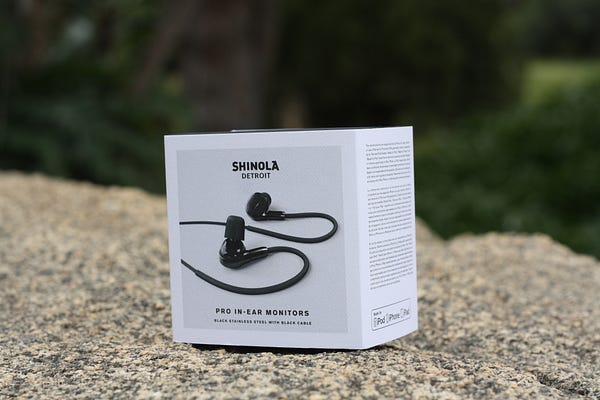
Construction Quality
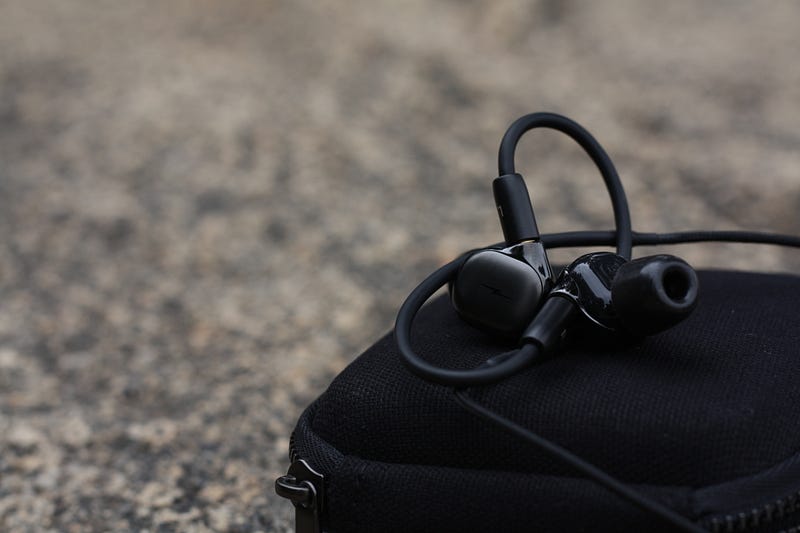
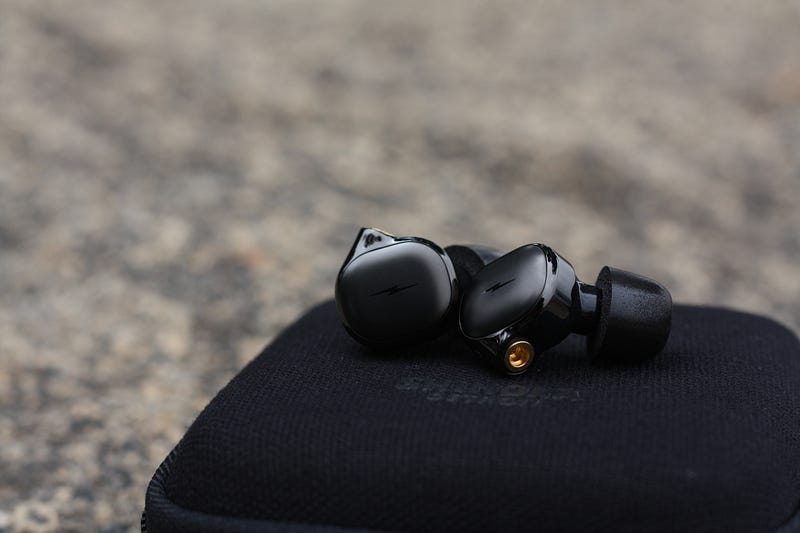

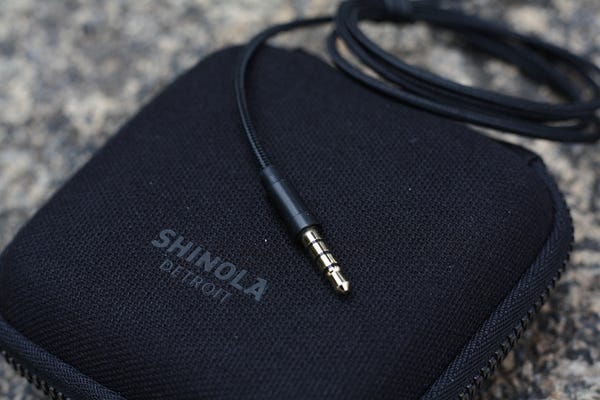
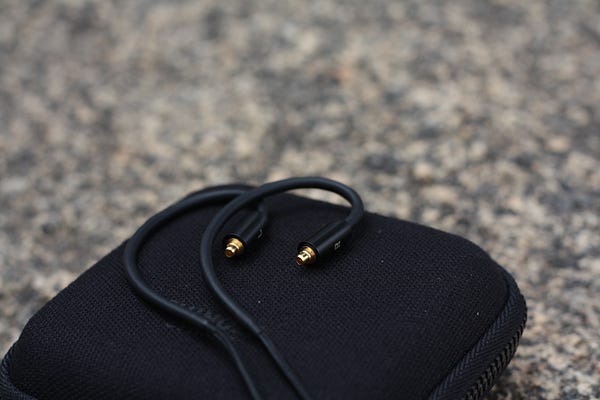
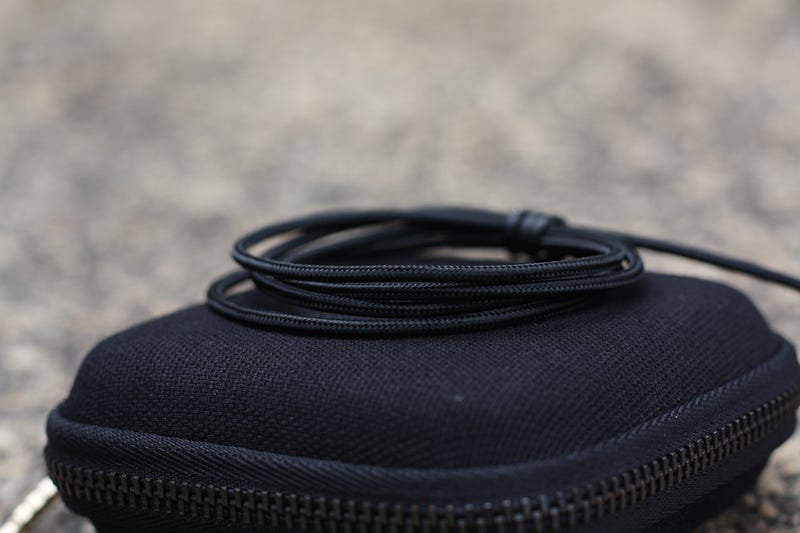

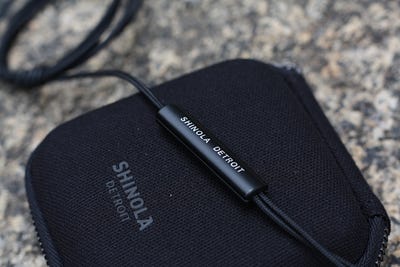
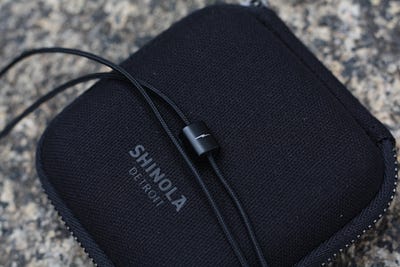
Comfort
The IEM pro is pretty comfy. I have had no notable discomfort, though its size and weight doesn’t allow it to simply “disappear” like some small IEMs can. To counter this, the IEM Pro’s cable has some memory-wire to help you relieve its weight along the tops of your ears.
Accessories
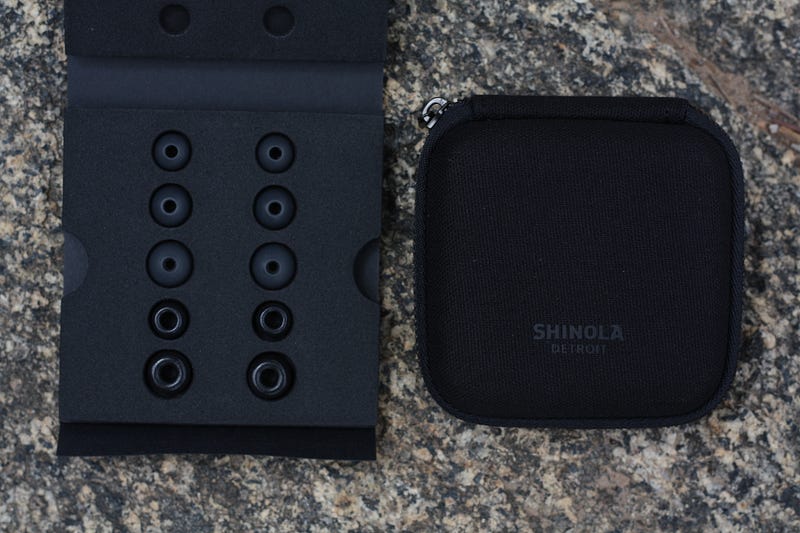
- 2x pairs of memory foam eartips
- 3x pairs of silicone eartips
- 1x semi-hard carrying case
The carrying case is really good though. It is very tough and has a premium “zipping” feeling when being opened or closed. Its interior is spacious enough to easily fit the IEM Pro and a 3.5mm dongle if needed.
Comparisons
1: Brainwavz B400 ($200)
This comparison isn’t fair since the B400 is less than half the price of the IEM Pro. I intend for this to give owners of the B400 (which is a lot of my readers) a good anchor point from which to view the IEM Pro.
The B400 has a tighter and more pronounced lower-midrange and mid-bass with a more recessed upper midrange. It sounds a smidgen more veiled than the IEM Pro does, but in exchange, gets more impact out of its lower register. The IEM Pro has a more linear treble and upper midrange which gives it a more open timbre overall.
2: Heir Audio 4 Ai S ($400)
The 4 Ai S is one of those “clarity at any cost” kind of IEMs. It has a comparatively thin sound signature with a more elevated treble response and a more forward upper midrange. That said, the 4 Ai S has much more lean lower midrange and mid-bass response than the IEM Pro. The IEM Pro is admittedly more “balanced sounding” simply based in its more even frequency response, though it does have a somewhat less surgical feeling to it.
3: DUNU DK3001 ($480)
The DK3001 is a hybrid and is much more V-shaped than the IEM Pro. From the get-go, it is targeting a very different sonic experience. The DK-3001’s treble is much more elevated than the IEM Pro’s. It has a sharper tonality to a somewhat mild degree and sounds comparatively veiled thanks to its more recessed upper-midrange. The DK-3001’s bass is far more elevated and is capable of delivering basslines full of impact and rumble, something the IEM Pro was never designed to do.
Summary
The IEM Pro is an exceptional luxury IEM. Shinola’s design prowess made the IEM Pro a beautiful sight to see, and Campfire Audio’s sonic expertise made it beautiful to listen to. The IEM Pro’s exception spatial performance is difficult to compete with at this price range. Its detail retrieval, textural resolution, and pleasing sound signature set it in the top ranks of its class. Lovers of even and natural sound will certainly appreciate the IEM Pro. So if you’re in the market for high-end IEMs, definitely check out the IEM Pro. While it won’t serve you as a professional studio monitor, it is certainly one of the best options for leisure listening at its price point.
As always, happy listening!

